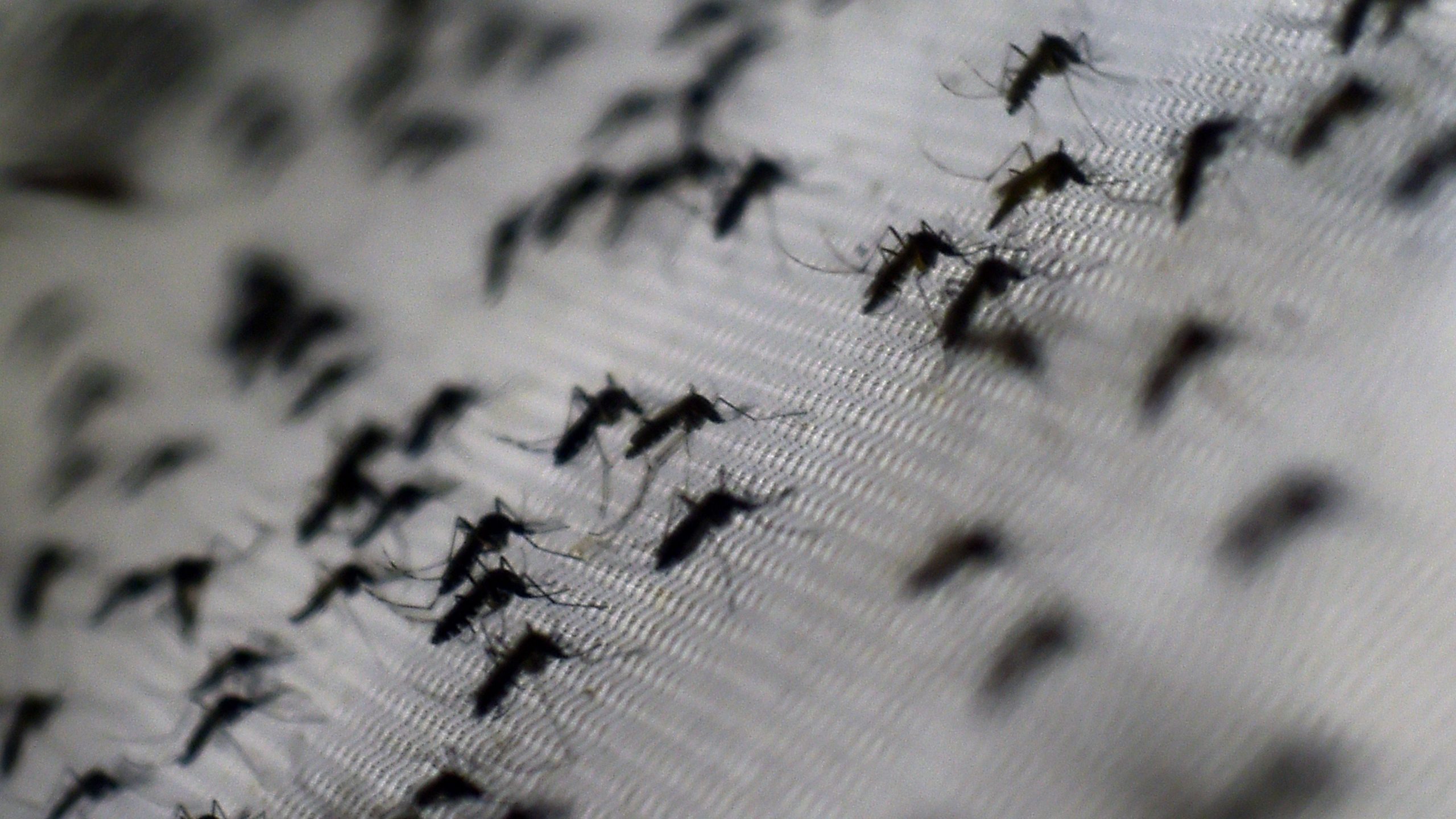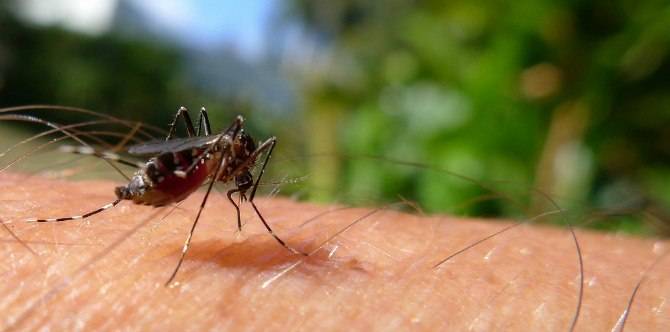
Zika is a mosquito-borne virus that can cause mild symptoms such as fever, rash, joint pain, and conjunctivitis. However, it poses a significant risk to pregnant women, as it has been linked to birth defects like microcephaly. Taking precautions to avoid mosquito bites is crucial in affected regions. If you have health concerns or are in an area with Zika transmission, consult a healthcare professional.
More Related Blogs
The Ministry of Health (MOH) and National Environment Agency (NEA) announced heightened monitoring in Boon Lay after a Zika case in December. Although no new cases have emerged, ongoing Zika transmission is indicated by mosquito and wastewater testing, prompting enhanced precautionary measures.
ZIKA: HOW IS IT TRANSMITTED?
Exactly, the primary mode of Zika virus transmission is through the bites of infected Aedes mosquitoes, particularly Aedes aegypti and Aedes albopictus. Taking measures to prevent mosquito bites is crucial in areas where these mosquitoes are prevalent.
You’ve provided a comprehensive overview. To summarize, Zika transmission occurs when an Aedes mosquito bites an infected person during the initial week of infection, then transmits the virus to others through subsequent bites. Additionally, pregnant women can pass the virus to their fetus, potentially causing birth defects.
The virus can be present in breast milk, but transmission through breastfeeding is not confirmed. Sexual transmission is also possible, even if the infected person is asymptomatic. It’s crucial to be aware of these modes of transmission and take preventive measures.

ZIKA: THE SYMPTOMS
In approximately one in five cases of Zika virus infection, individuals may experience symptoms such as fever, rash, joint pain, and conjunctivitis (red eyes). It’s worth noting that the majority of people infected with Zika may not show any symptoms or only have mild ones.
ZIKA: THE HEALTH RISK
While there’s no evidence suggesting that pregnant women are more susceptible to Zika virus infection, it is crucial to highlight the associated risk during pregnancy. Zika infection in pregnant women can lead to serious birth defects like microcephaly, where babies may have smaller heads and underdeveloped brains. Monitoring and preventive measures are particularly important for pregnant individuals in regions with potential Zika transmission.
The impact of Zika on infants is substantial, with potential damage to their eyes and the brain region responsible for vision. Eye problems may affect both microcephalic and non-microcephalic babies. A study in Brazil revealed challenges in development for babies with congenital Zika infection, including issues with sitting, feeding, sleeping, seizures, and hearing and vision problems at 19-24 months.
Pregnant individuals with Zika may face complications like fetal loss, stillbirth, and preterm birth, according to the World Health Organization (WHO). In adults and children, Zika is strongly associated with Guillain-Barre syndrome (GBS), causing muscle weakness and paralysis. However, only a small proportion of those with recent Zika infection develop GBS, as per current CDC research.
HOW TO PREVENT TRANSMISSION OF ZIKA?
Preventing mosquito bites remains key in limiting Zika infection, as it is primarily spread by Aedes mosquitoes. Measures to combat dengue and eliminate mosquito breeding sites are effective. Public advice includes removing stagnant water, using insect repellent, wearing long clothing, and sleeping in mosquito-netted or air-conditioned rooms.
For non-pregnant individuals, confirming Zika infection may not alter clinical management, mainly focused on symptom relief. However, it guides vector control efforts. Doctors determine the need for Zika testing based on clinical judgment. Those infected are advised to temporarily abstain from sexual intercourse or practice safer sex with condoms. These measures contribute to controlling Zika transmission.




